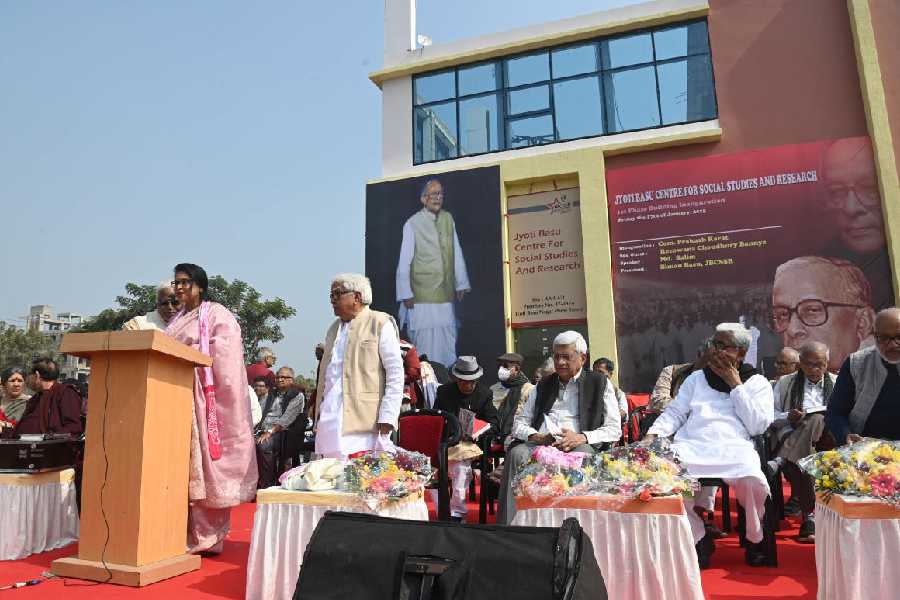The African swine fever has been detected in Bihar. The state government has sent an advisory to all 38 districts, alerting them to monitor any suspected outbreak and the culling of pigs is being done in the affected zone.
This is the first time the disease, which can cause a significant loss of pigs, has been detected in the state. This swine fever is different from swine flu and does not affect humans.
Saran, Nalanda and East Champaran are the affected districts so far, with the latter being the latest in the series. Over 1,000 swine have died in the outbreak in these districts.
Samples collected from different places in these districts were sent to the Bhopal-based National Institute of High Security Animal Diseases (NIHSAD). The tests reported the presence of the virus that causes the disease.
“The outbreak of African swine fever (ASF) has been detected in Raxaul town of East Champaran district. It is along the Indo-Nepal border. The animal husbandry department had taken some samples for tests and they have turned out to be positive,” East Champaran district magistrate Shirsat Kapil Ashok told The Telegraph on Monday.
Ashok added that the area was being earmarked in Raxaul to start the mandatory culling of pigs in the light of the spread of the virus. Other precautionary measures were also being initiated to contain the disease.
ASF, a highly contagious and deadly swine disease, was first detected in Kenya in Africa in 1921. Since then, it has accounted for significant pig losses across the globe, especially in African countries, China, Mongolia, Vietnam and a few European countries. The disease, however, does not infect people.
In India, the first cases of ASF were detected in January 2020 in Assam and Arunachal Pradesh. Since then it has ravaged the swine in Sikkim, Mizoram, Nagaland, Meghalaya, Manipur, Tripura, Uttar Pradesh and Uttarakhand.
Sources in the Bihar animal husbandry department said that there was a strong possibility that the ASF could have reached Bihar from Nepal, where pigs are reared in large numbers.
“As per the National Action Plan for control, containment and eradication of African Swine Fever, we are culling pigs in a 1km radius from the epicentre. This area is designated as the infected zone. Beyond that a surveillance zone is declared up to 10km radius from the epicentre,” veterinary doctor Pramod Kumar, working with the animal husbandry department told this newspaper.
Kumar added that samples taken from dead pigs in Bhojpur and Patna districts tested negative for ASF in the Bhopal laboratory.
According to the 20th livestock census, the population of pigs in India was a little over 90 lakh in 2019. It was just 1.7 per cent of the total livestock in the country. Around 47 per cent of the pig population was in the northeastern states.
Pig is mostly reared in Bihar in the backyards of the houses, but occupational or professional rearing is catching up fast in the state with farms being established in Nalanda, Bhojpur, Patna and other districts.
But, there are a large number of wild boar in the forests and they are equally susceptible to the ASF.










